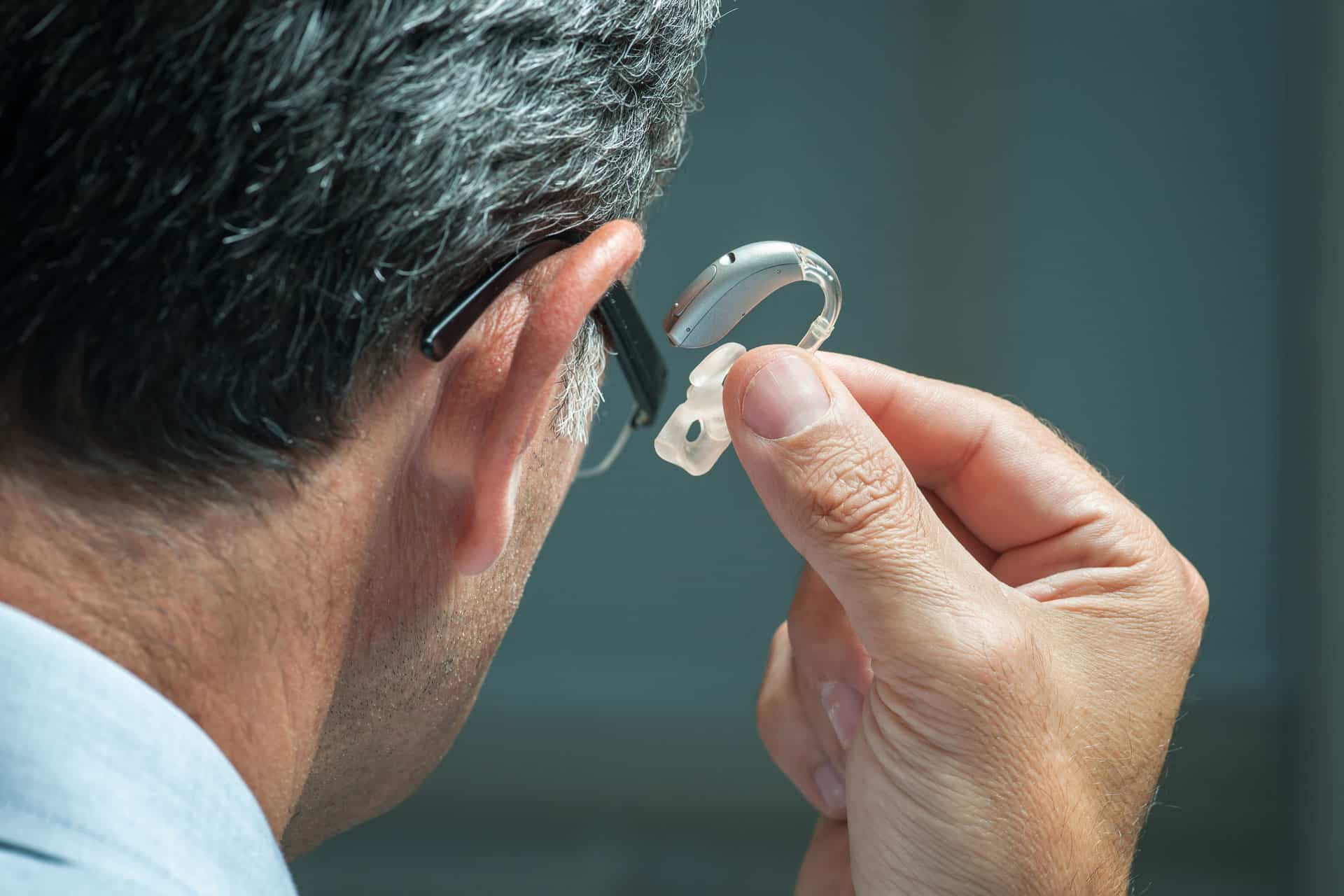Delivery in 2-3 working days
The cocktail party effect
The special ability to pay attention to certain sounds in the midst of a noise level, for example to follow conversations, is known as the "cocktail party effect".
How our brain works in noise
If you've ever been to a raucous party, you may be familiar with the phenomenon known as the "cocktail party effect". But what exactly is this effect and how does it work?

What is the cocktail party effect?
Imagine a scene: You are at a party. Music is playing in the background, laughter is ringing out, drinks are being poured and many conversations are overlapping. Nevertheless, you are still able to concentrate on what the other person is saying. This special ability to pay attention to certain sounds in the midst of a noise level is often referred to as the "cocktail party effect".
This is about how our hearing is able to focus specifically on one voice or sound while ignoring other background sounds. Our mind filters out unimportant sounds and allows us to concentrate on the essentials.
This is possible thanks to sophisticated processing in our head. While our ear registers all the sounds around it, the brain selects which of them we should actually pay attention to.
It is fascinating that abrupt sounds or even recognizing your own name in a close dialogue can disturb this concentration. This proves that our mind remains alert even when it is actually engaged in something specific.
The cocktail party effect is not only a fascinating phenomenon, but also has practical applications, for example in the development of hearing aids or in acoustics research.
How we hear: The ear and the brain
Our hearing does not just consist of the ear itself. It is a complex combination of signal processing in the brain and the ear's ability to recognize and process sound sources. The brain is able to distinguish between important signals and unimportant ambient noise.
The scientific background to the cocktail party effect
The cocktail party effect is an important research topic in neuroscience and acoustics. Understanding the underlying mechanisms helps us to recognize the impressive capabilities of our hearing and our brain.
Selective listening and the art of attention
The human brain has an incredible capacity to process information. It can simultaneously absorb a wealth of sensory data, from sounds and images to smells. But not all of this data is always relevant. This is where "selective hearing" comes into play.
In simple terms, selective hearing is the ability to focus on a specific sound source and ignore others. It's like using a spotlight in a dark room to illuminate only a specific area.
Why is selective hearing an advantage?
- Communication in noisy environments: Think of a busy marketplace or a crowded club. Without targeted listening, all the sounds would merge into an inextricable din.
- Defense against sensory overload: If we paid the same attention to every sound around us, we would soon be overwhelmed. The brain separates unimportant sounds from important ones so that we can focus on what is necessary.
- Concentrating on meaningful sources of sound: When searching for a familiar melody or voice nearby, targeted listening enables us to quickly identify it.
Studies and experiments on the cocktail party effect
The question of how our brain manages this amazing task has already given rise to a number of scientific studies in the past.
Modern technologies such as fMRI (functional magnetic resonance imaging) have shown which areas of the brain are activated when we concentrate on certain sounds. It has become clear that signal processing in the brain is highly complex, both spatially and temporally.
In various tests with headphones, in which the sound sources presented to the participants were controlled, it was found that test persons can follow a single conversation, even if many different voices are heard at the same time.
Cocktail party effect: applications and implications
In our daily lives, we constantly encounter situations where our ability to selectively hear is called upon. This could be meeting friends in a busy restaurant, waiting at a noisy bus stop or listening to a street musician amidst the noise of the city. We often take the cocktail party effect for granted without realizing how crucial it is to our communication and interaction with the world.
The ability to separate relevant from irrelevant sounds has significant implications in technology, medicine and our daily lives.
Hearing aids and the technology of tomorrow
The challenge of clearly understanding individual voices or sounds in loud environments is particularly evident for people with hearing impairments.
Modern hearing aids are therefore no longer just simple amplifiers. They are equipped with advanced technology that aims to mimic the human ability of selective hearing.
Directional microphones are just one example of these technological advances. By focusing on sounds coming from a specific direction and suppressing background noise, these microphones can help hearing aid wearers understand better in noisy environments.
The OSKAR TV sound amplifier
In addition to traditional hearing aids, there are also specialized hearing aids that aim to improve the hearing experience in certain situations. One such device is the OSKAR TV hearing amplifier from faller audio. It has been specially developed to optimize the television experience for people with hearing impairments. Thanks to special dialogue optimization, the hearing amplifier highlights conversations and ensures that they stand out clearly above background noise and music. This allows users to enjoy their favorite shows and films without strain. It is a good example of how technology and science come together to improve the lives of people with hearing impairments.



